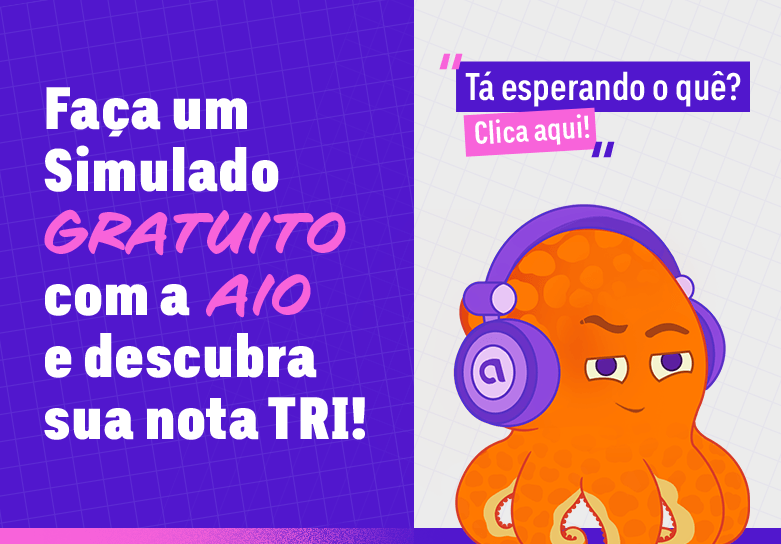FGV-SP Administração 2018/1
GAMETES
By Kristin A. Hook
[1] Most sexual organisms — be they bacteria, fungi, plants, or animals — have only two mating types: females and males. Females are defined by their
ability to produce eggs, males by their ability to produce sperm. In distinguishing between those two types of gametes, size matters most. The union of a
sperm, the small gamete, with an egg, the large gamete, characterizes sexual reproduction. But how did these two gamete types come to be?
[2] One theory suggests that before females or males existed, all gametes were the same type and size. What size? A larger gamete offers more nutrition
to a developing offspring [prole], assuring a higher chance of survival. Natural selection would thus favor all gametes to be large. But this is not what
happened.
[3] Efficiency also pays off in the gamete world. Large gametes are less efficient at finding a mate precisely because their size obliges them to be fewer in
number. On the other hand, the smaller gametes invest their resources into being more abundant. Occurring in greater numbers means they are much
more likely to encounter their target.
[4] Clearly, there are advantages for both large and small gametes. To reconcile how we ended up with both types, let’s imagine the potential pairings of
these different gamete types from the perspective of natural selection. In a remarkable achievement, suppose two large gametes find one another. Sure,
the fusion of their genetic material will result in a mighty super-survivor offspring because of their investments being large, equal, and nutritious.
Unfortunately for them, however, their big investments will come at the expense of being rare, so these unions will result in fewer offspring. Likewise,
though the union of two small gametes would be more probable given their abundance, neither gamete can provide sufficient nutrition for the offspring
to survive. Consequently, neither of these unions between like gametes would be favored over time.
[5] Because of this disparity in size, sexual evolution also involves a story of parasitism. Here’s how it works: by favoring both egg and sperm, natural
selection ensured unequal contributions from the gametes to the offspring. While large gametes evolved for nourishment of the offspring, small gametes
became lazy, so to speak, since they didn’t have to provide any of the nourishment for the offspring. Just like a parasite, a sperm cell will exploit the resources
of an egg.
Adapted from Natural History, November 2014.
As mentioned in paragraph 4, if it were possible to unite two large gametes,
the offspring would gain very few advantages in terms of health and potential longevity.
with the passage of time that type of union would tend to occur less and less frequently.
the offspring would be unlikely to survive.
that type of union would in fact weaken rather than strengthen the genetic material of both gametes.
that type of union would be a perfect example of natural selection and therefore, with the passage of time, would become more common.
E mais: nota TRI a todo o momento.





